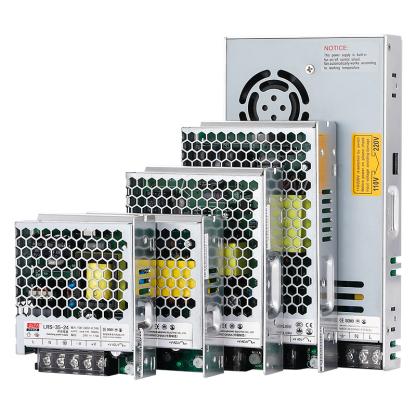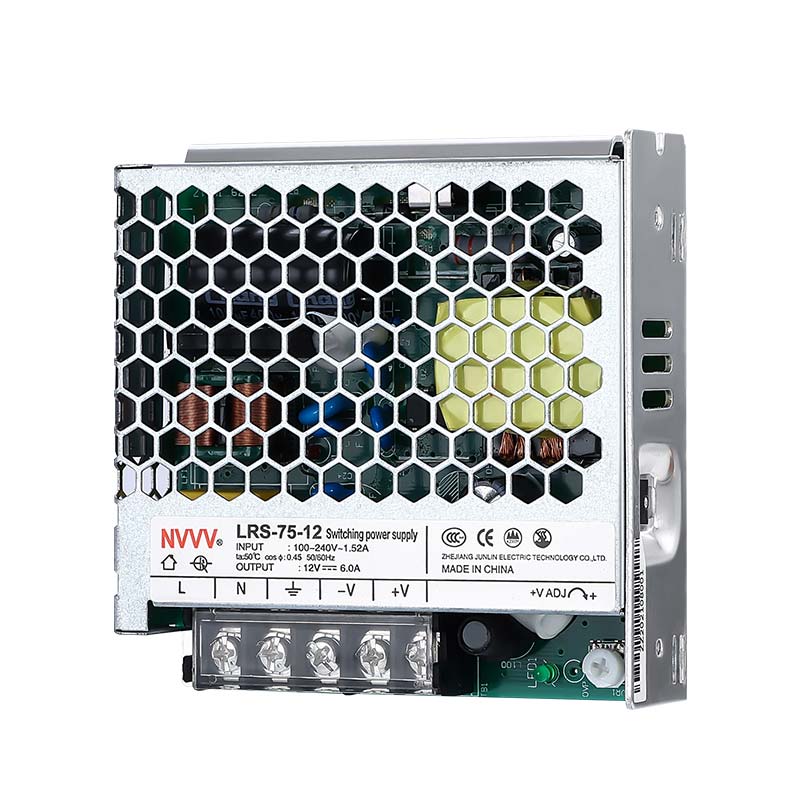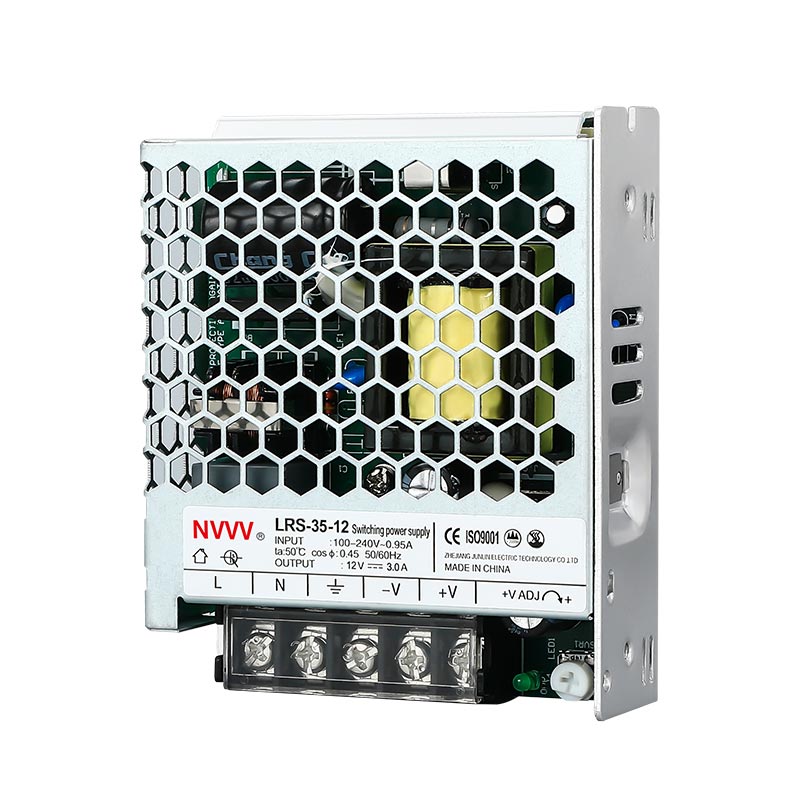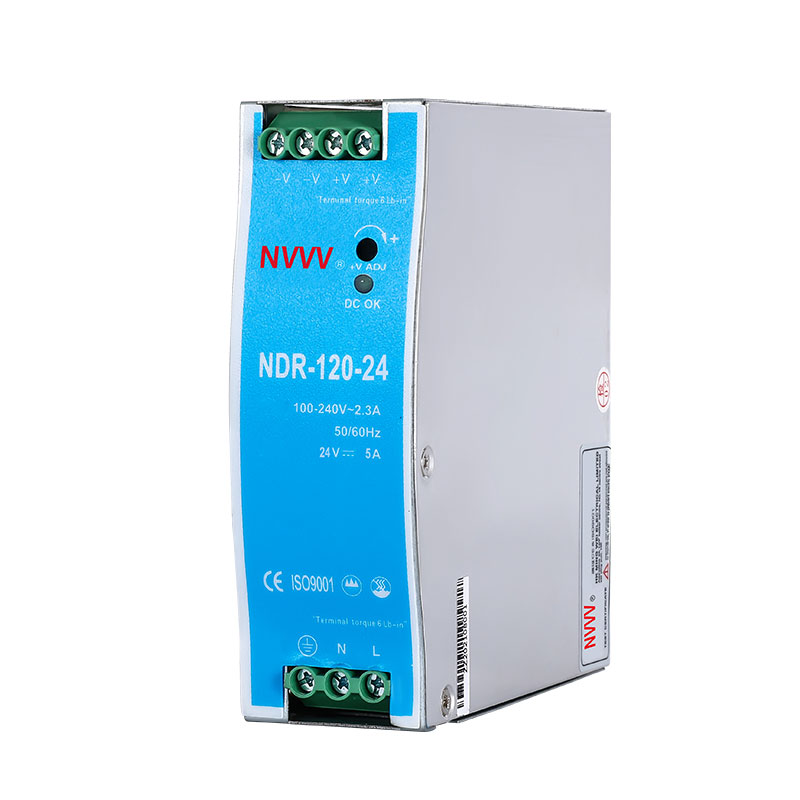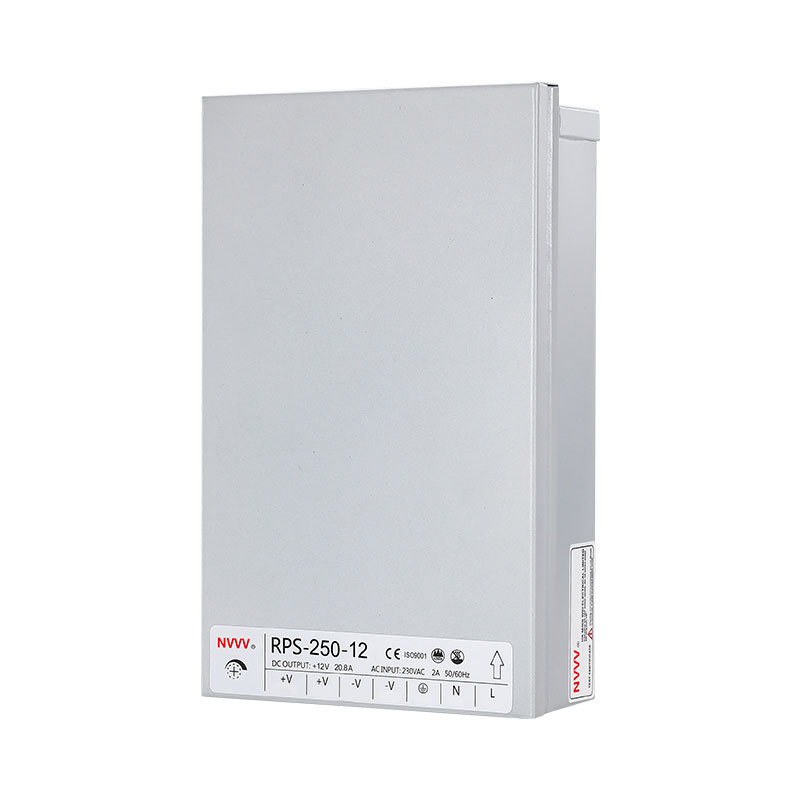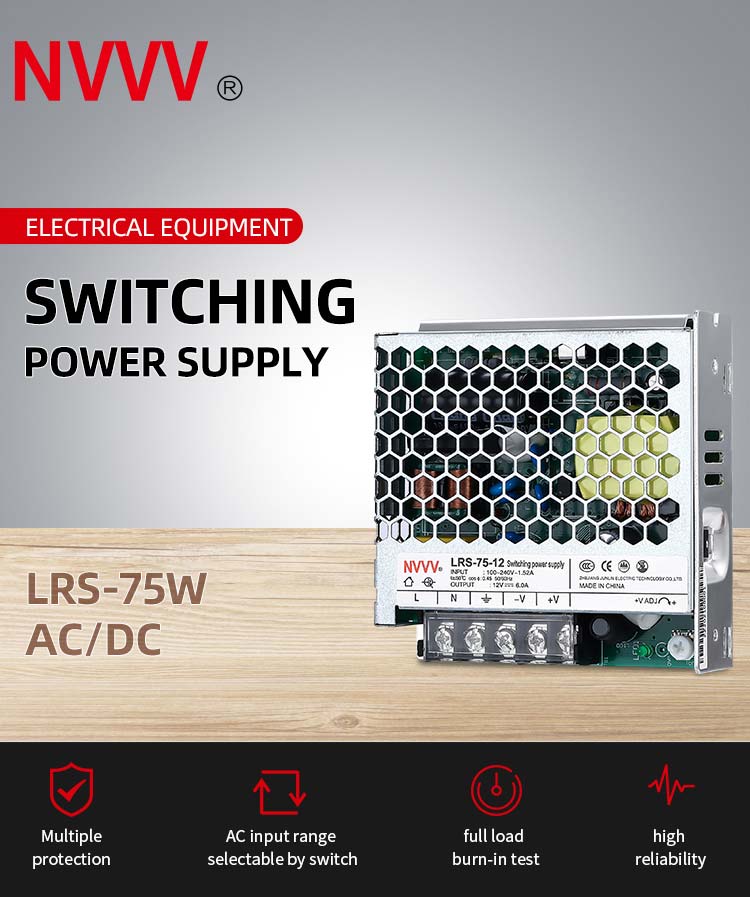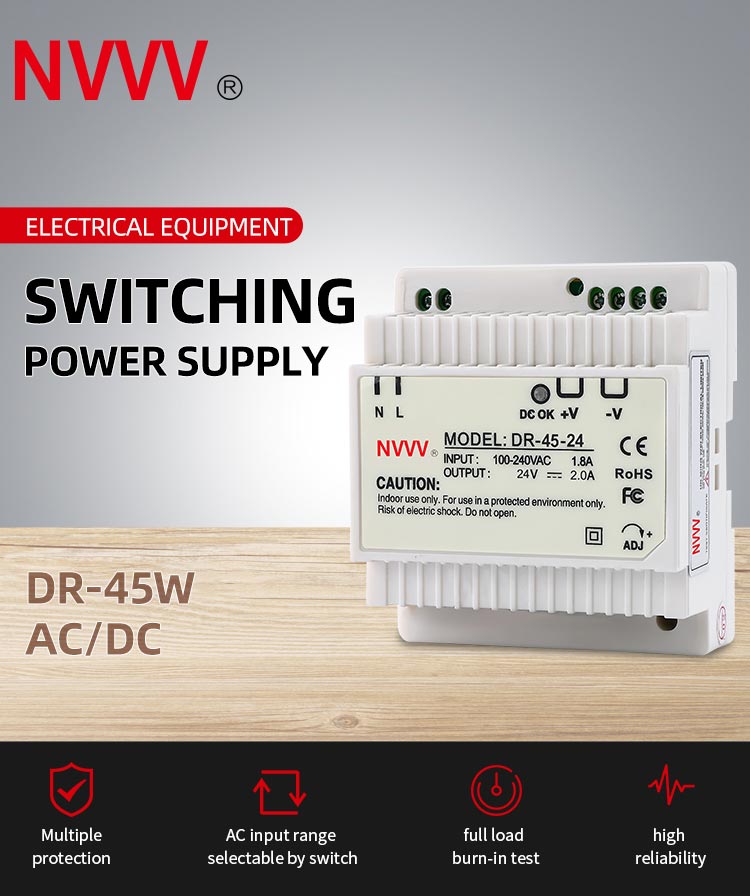what is SMPS
Switch Mode Power Supplies (SMPS) are a pivotal component in modern electronics, offering enhanced efficiency and reliability compared to traditional linear power supplies. This article delves deep into the fundamentals of SMPS, explores its various applications, and answers some common questions regarding its use. Whether you're a budding electronic hobbyist or a seasoned engineer, understanding SMPS can significantly improve your projects' performance and longevity.
What is a Switch Mode Power Supply?
A Switch Mode Power Supply is an electronic power supply that incorporates a switching regulator to convert electrical power efficiently. Unlike linear power supplies, which continuously dissipate energy in the form of heat, SMPS switches on and off rapidly to maintain the required voltage output, thereby minimizing energy loss.
Why Choose SMPS Over Traditional Power Supplies?
SMPS offers numerous advantages over traditional linear power supplies, including:
- Higher Efficiency: By switching on and off rapidly and using less energy when in the off state, SMPS conserves more power.
- Compact Size: Due to less heat generation, components can be smaller, making SMPS units more compact and suitable for portable devices.
- Lighter Weight: The efficiency of SMPS allows for lighter and smaller transformers, reducing the overall weight of the power supply.
Common Questions About Switch Mode Power Supplies
How does an SMPS enhance system reliability?
SMPS designs cater to robust power efficiency and can handle a wider range of input voltages, which enhances the reliability of electronic systems. They are less susceptible to issues like overheating, which is common in linear power supplies, thereby reducing the risk of component failure.
What are the typical applications of SMPS?
SMPS technology is versatile, finding applications across various sectors:
- Consumer Electronics: Used in devices like laptops, tablets, and smartphones to ensure lightweight and efficient charging.
- Industrial Equipment: Powers heavy machinery with high efficiency and adjusts to fluctuating power loads smoothly.
- Automotive Applications: Essential in electric vehicles for battery management systems that require reliable and efficient power supply solutions.
Can SMPS handle different voltage requirements globally?
One of the most significant advantages of SMPS is its ability to adapt to different voltage levels, making it ideal for products that are marketed globally. They can automatically adjust to the varying input voltage (from 110V to 240V), ensuring the output remains stable regardless of location.
What are the design challenges when implementing an SMPS?
Designing an SMPS can be challenging due to its complexity. Key issues include:
- Electromagnetic Interference (EMI): SMPS can generate EMI due to high-frequency switching. Designers need to incorporate adequate shielding and filtering to mitigate this.
- Component Selection: Choosing the right components that can withstand the rapid switching and potential voltage spikes is crucial for durability and performance.
How to troubleshoot common SMPS problems?
Troubleshooting SMPS issues typically involves checking:
- Component Failure: Inspecting capacitors, diodes, and switches for damage.
- Overheating: Ensuring adequate cooling for components, particularly in compact designs.
- Noise Issues: Addressing noise through better grounding and shielding.
Conclusion
Switch Mode Power Supplies revolutionize how power is managed in electronic devices, offering superior efficiency, compactness, and reliability. Understanding the basic operation, applications, and troubleshooting methods of SMPS can greatly enhance the performance and longevity of your electronic projects.
FAQs
1. How does the efficiency of SMPS compare to that of linear power supplies?
Switch Mode Power Supplies (SMPS) are significantly more efficient than linear power supplies. Linear power supplies typically operate with efficiencies between 40% and 60% because they dissipate excess voltage as heat to regulate output power. In contrast, SMPS can achieve efficiencies of 80% to 90% by using high-frequency switching transistors that minimize energy lost as heat. This higher efficiency makes SMPS a better choice for applications where energy conservation is crucial, such as in computing and telecommunications.
2. What safety precautions should be considered while using SMPS in sensitive electronics?
When incorporating SMPS in sensitive electronics, several safety precautions should be taken:
- Grounding and Shielding: Use proper grounding and shielding to minimize electromagnetic interference (EMI) and noise, which can disrupt other components.
- Surge Protection: Implement surge protection to guard against voltage spikes that can damage sensitive electronics.
- Thermal Management: Ensure adequate cooling and heat dissipation to prevent overheating of SMPS components.
- EMI Filtering: Employ EMI filters to reduce electromagnetic disturbances that can affect device performance.
3. Are there any environmental benefits to using SMPS technology?
SMPS technology offers several environmental advantages:
- Higher Energy Efficiency: The greater efficiency of SMPS results in lower energy consumption, reducing the overall carbon footprint of electronic devices.
- Reduced Heat Output: By emitting less heat, SMPS decrease the energy needed for cooling systems within electronics, further conserving energy.
- Resource Efficiency: SMPS are smaller and require fewer materials, which reduces the impact of resource extraction and waste.
4. How does SMPS technology impact the cost of electronic devices?
The impact of SMPS on the cost of electronic devices includes both initial and operational aspects:
- Higher Initial Costs: Although SMPS are typically more complex and costly to produce than linear power supplies, their efficiency gains often justify the initial expense.
- Lower Operational Costs: The improved efficiency leads to reduced energy expenses over the device's operational life.
- Maintenance Costs: The compact design and durability of SMPS can result in lower maintenance and replacement costs.
5. Can SMPS be customized for specific applications?
SMPS are highly adaptable and can be customized for various applications:
- Adjustable Output: They can be designed to deliver different voltages and currents, accommodating diverse needs.
- Variable Form Factors: SMPS can be configured in various shapes and sizes to fit specific spaces or design constraints.
- Special Features: They can include features such as remote monitoring and control, multiple protection mechanisms, and tailored response times, making them versatile for unique requirements.

